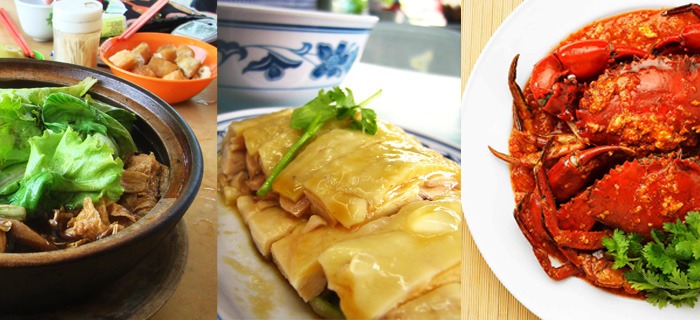It does not matter who originated the cuisine. The important issue is here is how to ensure the consistency of taste and at the same time maintain the hygiene of stalls/restaurants. These are just as important as the promotion of these delicious and tasty local cuisines to the world.
In Japan, whether it is summer or winter, eating and enjoying a bowl of Ramen will not only fill our appetite but also gives us a great satisfaction! Japanese Ramen has become a popular food among the Japanese and it has now become an artistic masterpiece in gourmet due to cultural exchange; The Japanese Ramen Chief has been stated for the highest prestige as “Master”. This is because the professionalism of the Japanese who had developed and modified the Ramen into a healthier and more popular gourmet even though the Ramen did not originate from their own country.
The Americans improvised on the “Hamburger” and it became a trendy food that is associated with USA ever since it was popularised as fast food. Similarly, the “Smooth Milk Tea” and “Pearl Milk Tea” are synonymous with Hong Kong and Taiwan respectively. Well, as we can see, these gourmets are sold worldwide just anywhere without any restrictions. The improvised versions are so well recognised that nobody else would lay claims to the originality of the food. This is “professionalism” I would say.
Now back home, what better ideas and ways do we have to promote Malaysian gourmet? I believe we should learn something from the Japanese on their ways and effort of promoting the delicious and healthy Ramen to the world. Maintaining the taste and quality of the food is of utmost importance.

Bak Kut Teh, Chilli Crabs, Hainan Chicken Rice are favourite foods in Southest Asia.
No doubt the Bak Kut Teh; Chilli Crabs; Hainan Chicken Rice; Laksa and Nasi Lemak; these cuisines originated in the Southeast Asia. But every country has the freedom to improvise them and gain worldwide recognition for their version of these cuisines.
It does not matter who originated the cuisine. The important issue is here is how to ensure the consistency of taste and at the same time maintain the hygiene of stalls/restaurants. These are just as important as the promotion of these delicious and tasty local cuisines to the world.
I felt rather disappointed at our traditional coffee shops where most of the coffees now are either made from the 3-in-1 packets or prepared by foreign workers. The question is where are the “true old-sifus”? Well slowly but surely we are losing out the familiar taste and flavour that we enjoyed so much in the past. Furthermore, our hawker centres and coffee shops are mostly manned by foreign workers who are ignorant of hygiene standards.
So, let’s bear in mind, worldwide recognition of our delicious cuisine is not achieved merely by words of mouth but rather by the professionalism in controlling the standard of quality in the food!





















